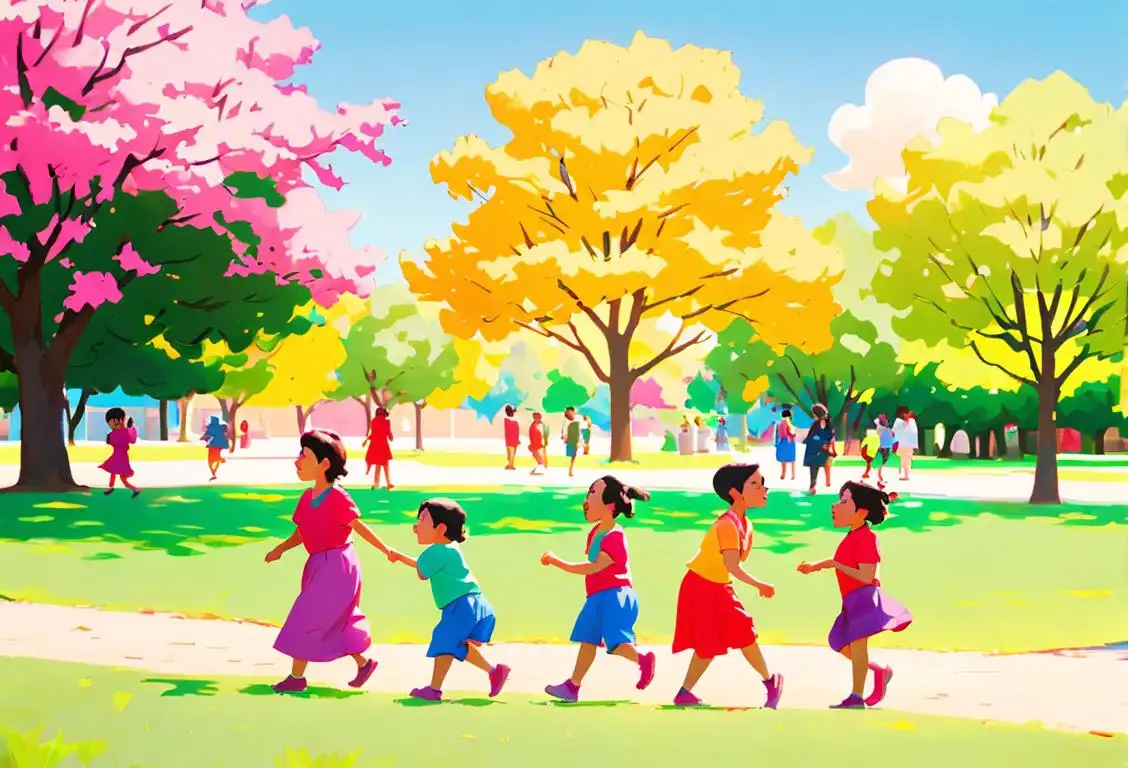National Piercings Day

Hey there, piercing enthusiasts! Get ready to celebrate National Piercings Day, a day dedicated to all things shiny and puncture-filled. Whether you've adorned your body with a single stud or an entire constellation of artistic piercings, today is the day to show them off and appreciate the fine art of body modification.
When is Piercings Day?
It's national piercings day on the 16th May.
The Origin of National Piercings Day
Have you ever wondered how National Piercings Day came to be? Well, let me fill you in on the fascinating internet history of this special day.
Back in the early days of the World Wide Web, a group of body modification enthusiasts came together on a forum to celebrate their shared passion for piercings. They exchanged tips, showcased their latest additions, and bonded over a love of all things metal and sparkly.
One day, as they were chatting away, someone suggested creating a national day dedicated to piercings. The idea spread like wildfire, and soon they had a date set for the inaugural celebration: May 16th.
How to Celebrate National Piercings Day
Now that you know the history behind this special day, it's time to get in on the fun! Here are a few suggestions on how you can celebrate National Piercings Day:
- Show off your piercings proudly. Flaunt those nose rings, belly button jewelry, and ear studs.
- Visit your favorite piercing studio and get a new addition to your collection.
- Share your piercing stories and photos on social media using the hashtag #NationalPiercingsDay.
- Host a virtual piercing party with your friends. Grab a needle-less piercing kit and have fun accessorizing together!
- Support local piercing studios by purchasing gift cards for future visits.
Did You Know?
Did you know that body piercing dates back thousands of years? Ancient Egyptian tombs have been discovered with mummified bodies adorned with piercings. It seems like humans have always had a fascination with decorating our bodies!
History behind the term 'Piercings'
1500 BCE
Ancient Beginnings
Piercings have a rich history that dates back to around 1500 BCE. Archaeological evidence suggests that different cultures, such as the Egyptians, Romans, and Mayans, practiced body piercing for various purposes. In ancient Egypt, piercings were often a symbol of wealth and social status. The Egyptians believed that wearing earrings would enhance their fertility and promote healing.
500 BCE
Cultural Significance
During the 5th century BCE, piercings took on cultural significance among several civilizations. In ancient India, nose piercings became a way to honor the goddess Parvati and signify a woman's marital status. Similarly, nose and ear piercings held religious and cultural importance in ancient Greece, where they were associated with beauty and were sometimes used as offerings to the gods.
16th Century
Exploration and Influence
The Age of Exploration in the 16th century led to increased contact between different cultures and the spread of piercings worldwide. European explorers encountered indigenous tribes in Africa, the Americas, and Asia who practiced various forms of body modification, including piercings. The European sailors and traders adopted these practices, introducing piercings to a wider audience.
20th Century
Revival and Modernization
In the 20th century, body piercings experienced a revival and underwent modernization. The emergence of countercultural movements, such as the punk and rock subcultures, played a significant role in popularizing piercings as a form of self-expression. Body piercing studios and professional piercers began to emerge, establishing standards for hygiene and safety in the practice.
Present Day
Mainstream Acceptance
In the present day, piercings have become a mainstream form of body adornment. They are no longer limited to countercultures or specific subgroups. People from various backgrounds and age groups embrace piercings as a way to showcase their individuality and personal style. The jewelry industry has also evolved to offer a wide range of designs and materials, making piercings accessible and customizable for everyone.
Did you know?
Did you know that body piercing dates back thousands of years? Ancient Egyptian tombs have been discovered with mummified bodies adorned with piercings. It seems like humans have always had a fascination with decorating our bodies!Tagged
nsfw funFirst identified
17th May 2016Most mentioned on
16th May 2017Total mentions
208Other days
Children Day
Awareness Day
Intelligence Richard Grenell Has Declassified A Mysterious Inauguration Day
Nightmare Just Day
Opposite Day
One Day
Happiness Day
Kisses Day
Stormy Daniels Day
Frappe Day









